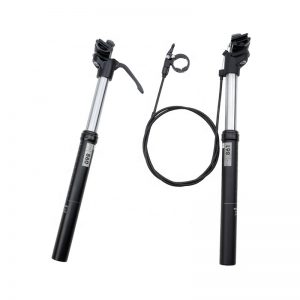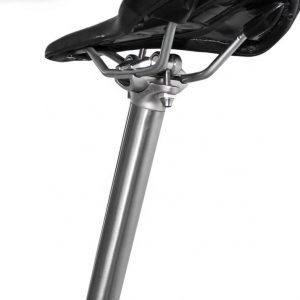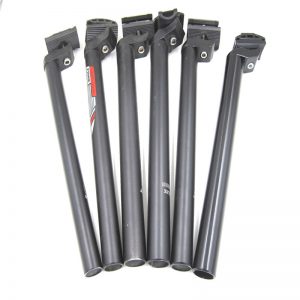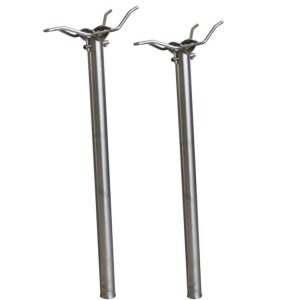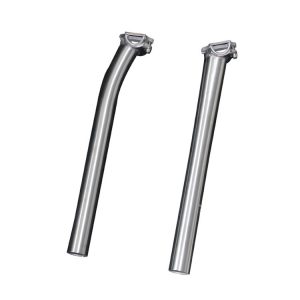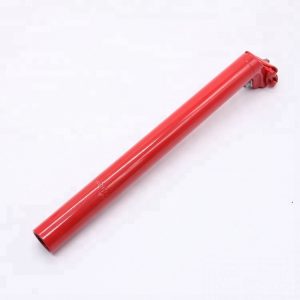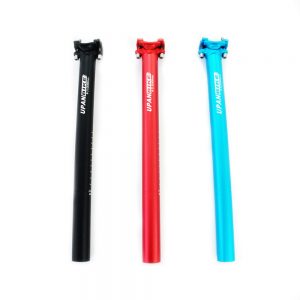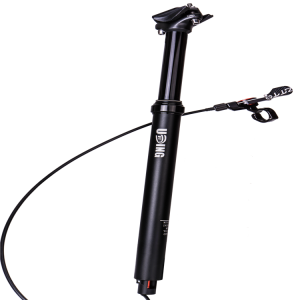What is a bicycle Seatpost
There are three main types of bicycle seatposts: ordinary seatposts, adjustable seatposts, and shock-absorbing seatposts. The diameters of seatposts used by different models are also different. The following is a brief description of the bicycle seatpost: The seatpost tube diameter of a bicycle is mainly determined by the inner diameter of the seat tube of the bicycle frame. Seatposts with different tube diameters generally need to be equipped with a corresponding size seatpost clamp, which is aimed at lower strength riding. Environmental models will use seatposts with relatively small pipe diameters. Common pipe diameter specifications are mainly 27.2mm, 28.6mm, 30.9mm, 31.6mm, and 34.9mm; seatpost length specifications are mainly 300mm, 330mm, 350mm, 580mm, and 600mm.
Ordinary seatposts are simple in structure and cost-effective. They are the most common seatposts. They are divided into steel, aluminum alloy, and carbon fiber materials. Steel seatposts are generally cheaper and have better shock absorption performance, but they are also heavier. Aluminum alloy seatposts are moderately priced and lighter in weight, but they are not as comfortable as steel seatposts. The carbon fiber seatpost is light in weight and comfortable, but the price is higher.
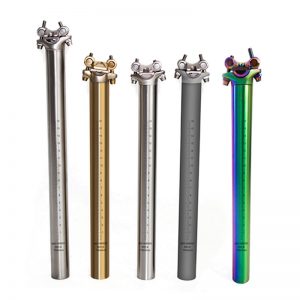
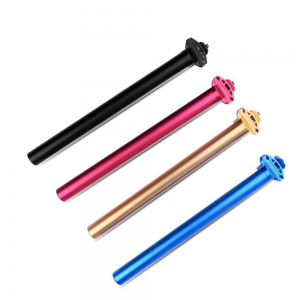
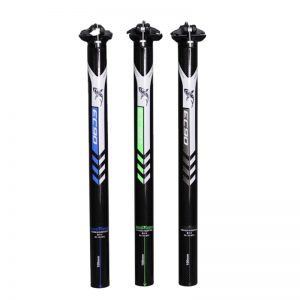
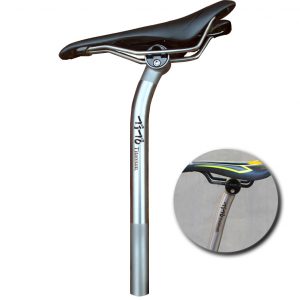
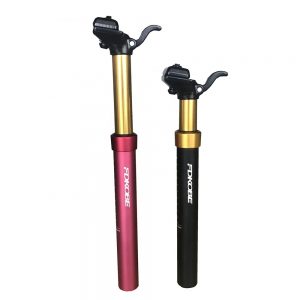
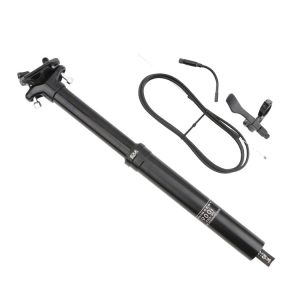
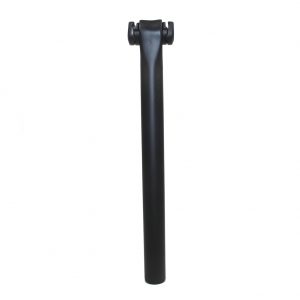
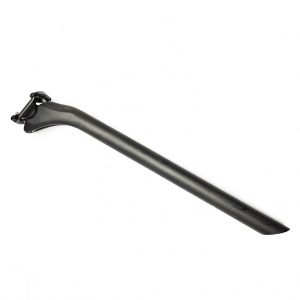
How to measure the diameter of a mountain bike seatpost
The size of the mountain bike seatpost refers to the diameter of the outer circle. At present, there are mainly three specifications of 27.2, 30.8, and 31.6.
For measurement, you can directly use a ruler to measure the diameter, but it may not guarantee that your ruler passes the center of the circle, so the measurement may be inaccurate.
There is also a more accurate method, which is to use a thin wire around the seatpost, measure the length of the wire (ie the circumference), and divide by the pi to get the result.
